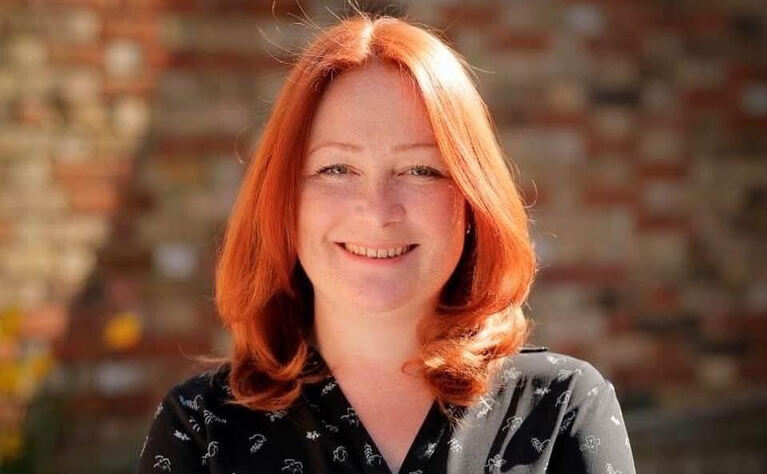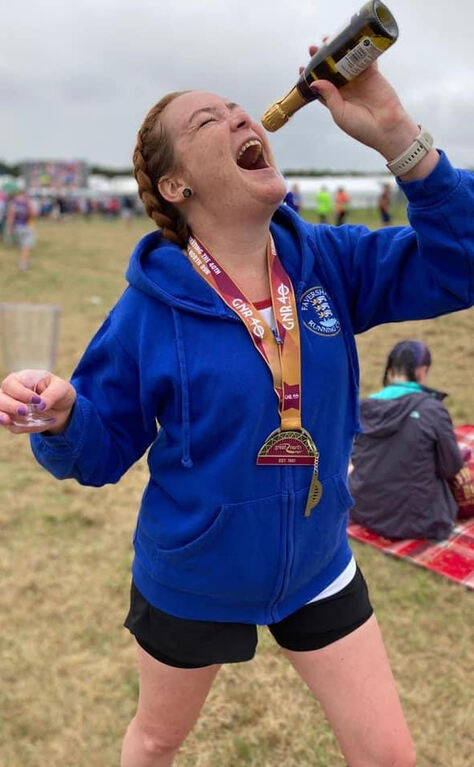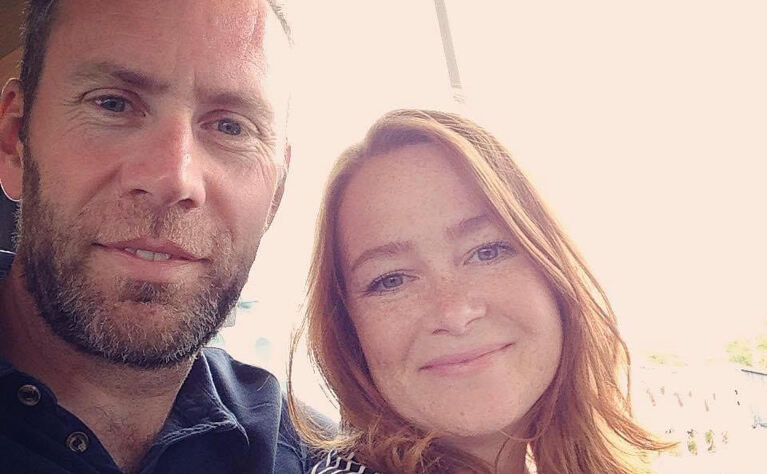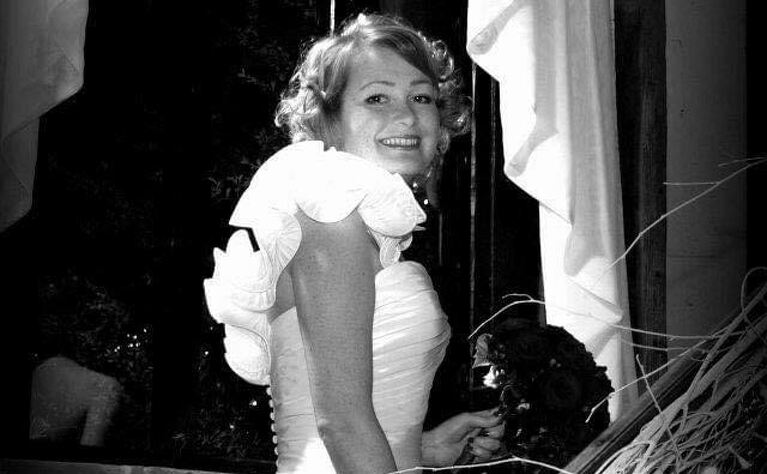Name: Beverley
Year of Birth 1977
Lives: Kent, UK
Type of IBD: Crohn's disease (perianal)
Diagnosis Date: 2013
Symptoms at Diagnosis: Frequent and urgent diarrhoea
Details of Surgery: Pan-proctocolectomy with ileostomy

This is my story of my journey with anal fistulas. But, before I start I want to make it clear that what has happened to me is the exception, not the norm!
I was diagnosed with perianal Crohn’s disease about 10 years ago now. I had some knowledge of inflammatory bowel disease (IBD) as my brother had been diagnosed with ulcerative colitis a few years before. I remember thinking how lucky I was that my Crohn’s was just contained to one area and that, although I suffered from urgency to go to the toilet, I didn’t have abdominal pain or sickness. But, it was very quickly after my diagnosis that I developed an anal abscess, changing everything.
It was a Sunday and I woke up feeling fine, but soon started to feel like someone had kicked me in the bottom. By the afternoon I couldn’t get off the sofa; I was paralysed with the pain. I went to bed and the following morning I had a temperature. I went to the GP and he said I needed to go to hospital. As soon as I arrived I was rushed in and very quickly after I was having surgery to cut open the abscess they had found and drain it.

There was a huge hole left where the abscess had been and it needed to be cleaned and packed daily by a district nurse. I always thought that district nurses only visited old people, but here I was in my 30s with one coming to my house every day. The nurse would measure the length of the packing they were using to give me reassurance they were using less and less and that the wound was healing. I can’t remember how long I had that done for, but it felt like a really long time. Sometimes the packing would fall out and I felt a huge responsibility to try to keep it in so that the wound would heal. I would worry that it was only healing on the outside and I’d be left with a huge hole inside.
I attended a routine outpatient appointment about three months later to check up on how I was healing. The doctor asked how everything was going and I said there was still a tiny hole in my bottom near my anus that just wouldn’t go away. I had no idea about the enormity of what I was about to be told. The doctor looked and said ‘you have a fistula’. I had no idea what that was.
I was sent for an MRI scan and this showed that I had a complex network of fistula tunnels inside me. Despite this, I felt more in control knowing what was going on. The surgeon said they would insert a seton to help the fistula heal. I was also given a biologic medication to take alongside the azathioprine I was already on. I had the seton inserted under general anaesthetic. I trusted the team that they knew what they were doing and I just had to get through this. But as time passed the seton was getting tighter, not looser as it was supposed to, and I knew this meant the fistula tunnels were getting bigger. After this I kept getting taken into surgery to have it redone and the fistula tunnels cleaned to encourage them to heal. It would give me a reprieve for a while but the puss always came back.

After one of these operations I knew it had come back within a week. When I told the surgeon he said it couldn’t be possible. I asked him to do my bloods and he would see that I had an infection again and in frustration I burst into tears. They ended up doing my bloods and I was right, it had returned. Each time it came back I’d have another procedure done and I tried several biologic drugs - infliximab, adalimumab and ustekinumab.
At one point the surgeon mentioned the idea of having a temporary stoma to let my bowel rest and see if the fistulas would heal. But I just said ‘No thank you, the only bag I want is a Gucci one’. For about five or six years I just had operation after operation and was on antibiotics for around three years. My hair started falling out and my periods stopped. The pain from the fistula was excruciating. It was so painful to sit and the transition into standing was just as bad. I had to adjust how I was sitting for eight years.
Whenever I went into a new place I’d scan the room looking for the comfiest place to sit, somewhere with padding. I ended up getting a kneeling chair at work to help, but I was very secretive about my Crohn’s and no one knew the real reason why I had it. I just said that it was to help with my posture. I also really struggled with leakages from the fistula. It would soak through my trousers and because I was constantly wet I wouldn’t know when the leaks were happening. The puss gave me an awful rash and I never felt clean. I would wear the biggest sanitary towels I could buy and always carried spare clothes with me. Once, I leaked onto a new sofa we had and I ended up having to get rid of it because I didn’t like the reminder. I would take a blanket everywhere with me to sit on and I would just tell people I had a blanket because I got cold.
All the way through this time I was running marathons and I was still battling with symptoms from my Crohn’s, going to the toilet 15-20 times a day. I was commuting into London from Kent and the only way I could control it was by not eating. Despite this I managed not to lose my job.
I did find it difficult though, and I would have times that I was so ill that I wondered what the point in being alive was. I didn’t see any hope. It was probably during one of those moments that I emailed the surgeon asking if I could see them to talk about a temporary stoma bag. This was about 18 months after it had first been suggested to me. I was given an appointment and I went prepared with all my reasons as to why I needed the operation. I really thought I was going to have to fight for it. But the surgeon just said to me that he had been waiting for my call and that he had a slot available for me in six weeks.

I actually ended up having the operation quicker than that. After the operation a stoma nurse showed me how to change the bag and said that once I could do it myself, I could go home. I was determined to get out of the hospital so the next day I changed it myself and was allowed to leave. After the surgery I only had one wobble. I was sitting in the bath and I looked at it and thought what a mistake I had made. But having the temporary ileostomy was like a light switch being turned on. I felt so much better so quickly that any doubts quickly went away.
The stoma bag didn’t bother my husband; he was just happy to see me feeling better. But, the fistulas still weren’t healing properly and after a year I went back to the surgeon. He was expecting me to want a reversal, but I said I wanted to make the stoma permanent and have my anus and rectum removed (a pan-proctocolectomy) meaning the fistulas would be taken away.
So, I now have a permanent ileostomy and I feel so much better. My Crohn’s is well and I’m not on any medications. It’s such a relief after living with constant urgency and the pain from the fistula for around eight years. My hair has also grown back. But, it’s not all been plain sailing with a stoma. I’ve had some frightening blockages and the stoma is telescoping on itself, but my life is so much better now. You don’t realise how ill you were until you are better.
If I could give my past self advice I’d say to look at the fistula. Throughout the whole time I couldn’t bring myself to look at it; but it was a part of me and I wish I had looked at it.